Hai mai desiderato progettare le tue toppe in velcro personalizzate?? Queste toppe sono perfette per aggiungere un tocco personale alle uniformi, borse, o anche giacche, e la parte migliore è la facilità con cui si attaccano e rimuovono con il velcro.
Realizzarli da soli utilizzando una macchina da ricamo può sembrare complicato, ma con i passi giusti, it’;È semplice e divertente! In questa guida, you’;Imparerai come raccogliere i materiali giusti, progetta la tua toppa, e completalo come un professionista. Pronti per essere creativi?
Immergiamoci nel processo!
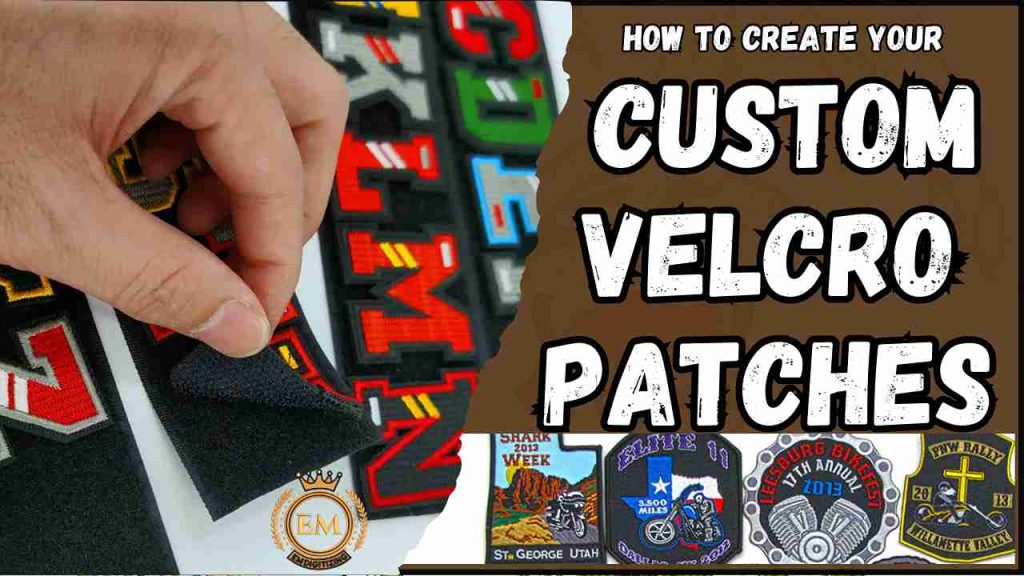
Come creare le tue toppe in velcro personalizzate?
Cosa sono le toppe in velcro?
Le toppe in velcro sono un tipo di toppe che utilizzano chiusure a strappo, comunemente noto come Velcro, per attaccarsi e staccarsi facilmente da superfici come i vestiti, borse, o uniformi. Queste patch sono versatili, consentendo agli utenti di accenderli e spegnerli senza alterare in modo permanente il tessuto.
Il lato con il gancio del velcro è solitamente cucito sulla toppa, mentre il lato ad anello è attaccato alla superficie su cui verrà posizionata la toppa. Questa caratteristica rende le toppe in velcro ideali per le applicazioni in cui sono necessari flessibilità e modifiche rapide, come in ambito militare, tattico, o uniformi sportive.
Materiali necessari per toppe in velcro personalizzate
Ecco i materiali essenziali di cui avrai bisogno per creare le tue toppe in velcro personalizzate utilizzando una macchina da ricamo.
- Tessuto (materiale durevole come twill o tela)
- Filo da ricamo
- Macchina da ricamo
- Aghi da ricamo
- Velcro (gancio e anello)
- Stabilizzatore (strappato o tagliato)
- Forbici per tessuti
- Supporto termosaldato (opzionale)
- Colla per tessuti o macchina da cucire per attaccare il velcro
- Telaio da ricamo
1. Tessuto (Materiale durevole come twill o tela)
Il tessuto è la base per la tua toppa. Il twill o la tela vengono spesso utilizzati perché questi materiali sono robusti e possono contenere l'ericamo bene senza strapparsi o allungarsi.
2. Filo da ricamo
Il filo da ricamo viene utilizzato per creare il disegno sulla toppa. È disponibile in molti colori, così puoi scegliere quelli migliori per abbinarli al tuo design. Questi fili sono resistenti e danno una finitura lucida alle tue toppe.
3. Macchina da ricamo
Una macchina da ricamo è ciò che utilizzerai per cucire il disegno sul tessuto. Assicurati che la tua macchina sia in grado di gestire le dimensioni e la complessità del progetto della tua patch.
4. Aghi da ricamo
Gli aghi da ricamo sono progettati specificatamente per ricamo a macchina. Sono taglienti e precisi, assicurando che il filo e il tessuto rimangano in perfette condizioni durante la cucitura.
5. Velcro (Gancio e anello)
Il velcro è ciò che rende la toppa rimovibile. Il lato del gancio è cucito sulla toppa, mentre il lato ad anello è attaccato all'oggetto su cui posizionerai la toppa.
6. Stabilizzatore (Strappo o taglio)
Uno stabilizzatore viene utilizzato per mantenere stabile il tessuto durante il ricamo. Impedisce che il tessuto si arricci, assicurandosi che i punti siano puliti e uniformi.
7. Forbici per tessuti
Avrai bisogno di forbici per tessuti per tagliare la toppa e modellarla una volta completato il ricamo. Le forbici affilate aiutano a creare bordi netti attorno alla toppa.
8. Supporto termosaldato (Opzionale)
Un supporto termosaldato rende la toppa più resistente. Ti permette di stirare la toppa sul tessuto, fornendo maggiore stabilità e forza.
9. Colla per tessuti o macchina da cucire per attaccare il velcro
Dopo che la toppa è stata ricamata, dovrai attaccare il velcro. Puoi usare la colla per tessuti o una macchina da cucire per fissare saldamente il velcro sul retro della toppa.
10. Telaio da ricamo
UN ricamo il telaio aiuta a tenere il tessuto saldamente in posizione mentre la macchina funziona. Ciò garantisce che i punti del disegno siano uniformemente sul tessuto.
Processo passo dopo passo per creare toppe in velcro personalizzate
Segui questi semplici passaggi per creare le tue toppe in velcro personalizzate utilizzando un embmacchina per roideria.
1. Scegli e prepara il tuo tessuto
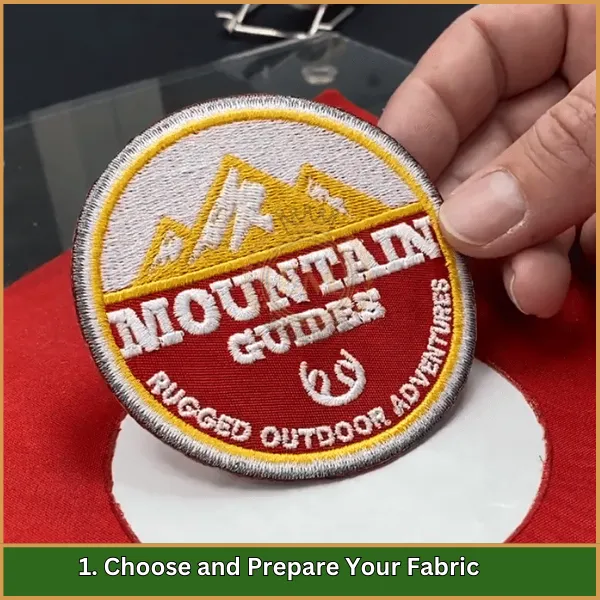
Seleziona un tessuto resistente come il twill o la tela. Tagliarlo alla dimensione desiderata, making sure it’;È leggermente più grande della dimensione della patch finale.
2. Applicare lo stabilizzatore
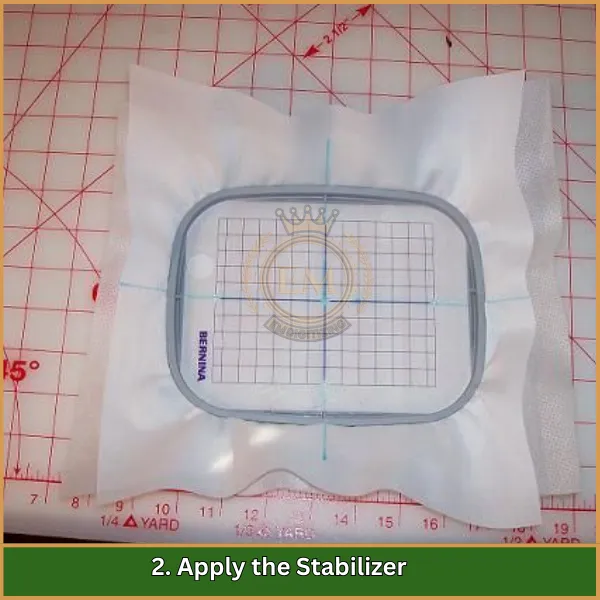
Posiziona uno stabilizzatore dietro il tessuto per mantenerlo fermo durante il ricamo. Utilizza lo stabilizzatore a strappo o da tagliare a seconda dello spessore del tessuto.
3. Digitalizza il tuo progetto

Prima di iniziare il ricamo, devi digitalizzare il tuo disegno utilizzando il software di ricamo. Questo processo converte l'immagine in un file punto leggibile dalla macchina da ricamo.
Tuttavia, per risparmiare tempo e fatica, puoi esternalizzare questo passaggio a EMDigitalizzazione! Il nostro team di esperti può creare design digitalizzati di alta qualità per le tue patch a un prezzo conveniente, garantendo una vestibilità perfetta per le tue esigenze di ricamo.
4. Intelaiare il tessuto
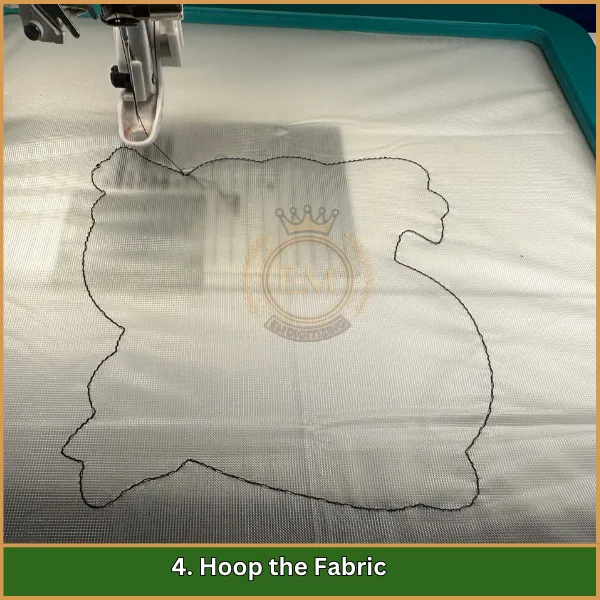
Posiziona il tessuto e lo stabilizzatore nel telaio da ricamo, assicurandosi che siano stretti e sicuri. Ciò impedirà lo spostamento durante il processo di cucitura.
5. Configura la tua macchina da ricamo

Configura la tua macchina da ricamo infilandola con il filo da ricamo che hai scelto. Assicurati che l'ago sia adatto al tuo tipo di tessuto.
Prossimo, carica il disegno digitalizzato che hai ricevuto da EMdigitizing nella tua macchina da ricamo. Questo file guiderà la macchina a cucire perfettamente la tua toppa personalizzata.
6. Ricama il disegno della toppa

Avvia la macchina e lascia che ricami il disegno sul tessuto. Assicurati di tenere d'occhio il processo per assicurarti che tutto funzioni senza intoppi e che non ci siano problemi con le cuciture.
7. Taglia la toppa secondo la forma
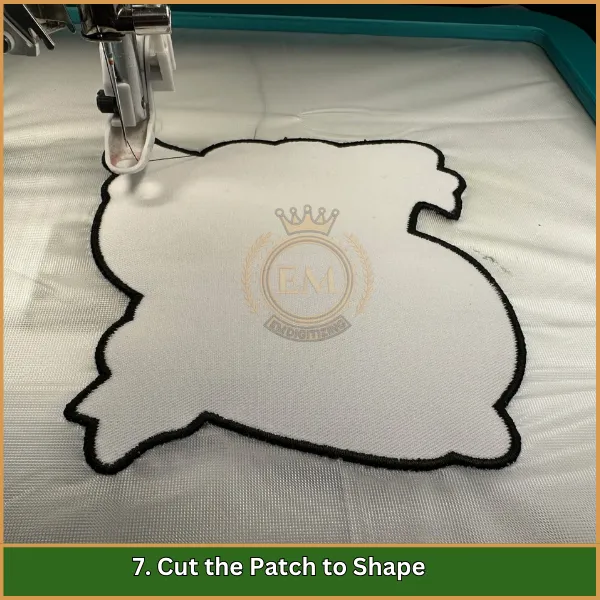
Una volta completato il ricamo, rimuovi il tessuto dal telaio e taglia la toppa nella forma desiderata utilizzando le forbici per tessuti.
8. Attacca il velcro
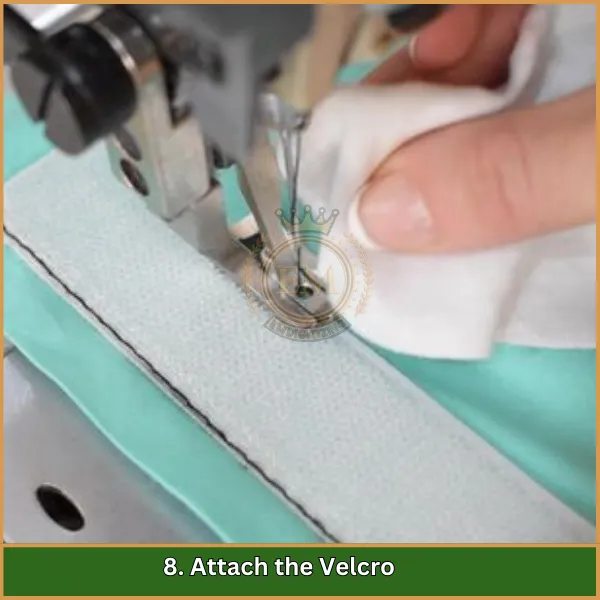
Cuci o incolla il lato con il gancio del velcro sul retro della toppa. Ensure it’;È fissato saldamente in modo che la toppa possa essere utilizzata ripetutamente.
9. Applicare il supporto termosaldato (Opzionale)
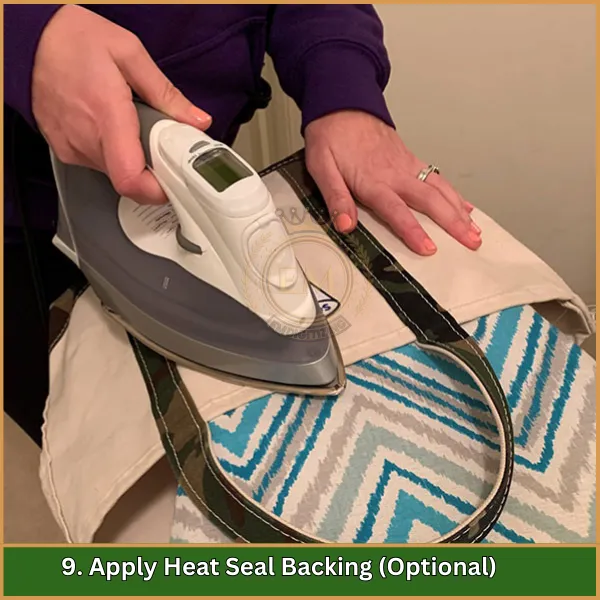
Se vuoi che la tua toppa sia ancora più resistente, puoi stirare il supporto termosaldato sulla toppa, fornendo maggiore stabilità.
10. Taglia i bordi
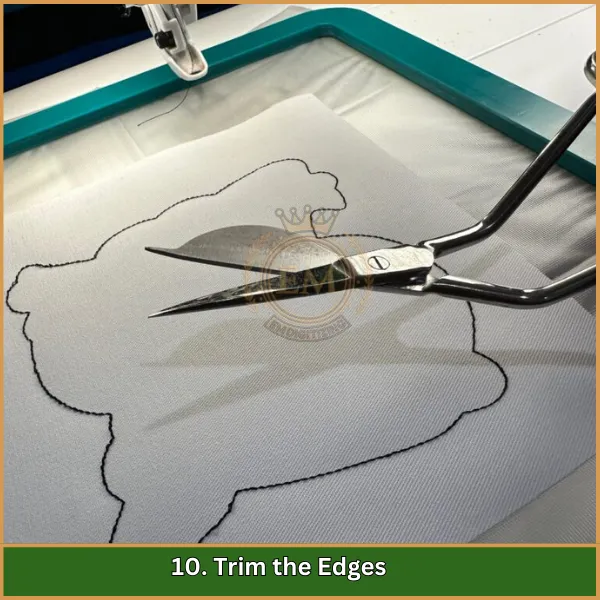
Usa le forbici per tagliare con cura il tessuto in eccesso o lo stabilizzatore dai bordi della toppa per una finitura pulita.
11. Attacca la toppa a una superficie

Infine, attaccare la toppa a qualsiasi superficie che abbia il lato ad anello del velcro. La tua toppa in velcro personalizzata è ora pronta per l'uso!
Suggerimenti per perfezionare le toppe in velcro ricamate
Ecco alcuni suggerimenti rapidi per perfezionare le tue toppe ricamate in velcro personalizzate:
- Scegli un tessuto di alta qualità: Scegli materiali durevoli come twill o tela per garantire la longevità delle tue toppe.
- Utilizzare uno stabilizzatore adeguato: Un buon stabilizzatore impedisce al tessuto di arricciarsi e mantiene i punti ordinati e puliti.
- Digitalizza correttamente il tuo disegno: Assicurati che il tuo disegno sia digitalizzato correttamente per ottenere cuciture fluide sulla tua macchina da ricamo.
- Fissare il velcro: Attacca saldamente il gancio in velcro al retro della toppa per assicurarti che rimanga in posizione durante l'uso.
- Prova prima della cucitura finale: Eseguire una toppa di prova per verificare la tensione del filo, allineamento del progetto, e precisione del colore.
- Personalizza con nomi: Per toppe personalizzate con nome in velcro, assicurati che il testo del nome sia chiaro e leggibile nel design.
Questi suggerimenti ti aiuteranno a creare prodotti di alta qualità, toppe in velcro dall'aspetto professionale!
Linea di fondo
Realizzare le tue toppe in velcro personalizzate può essere un modo divertente e creativo per aggiungere stile alla tua attrezzatura. Con i materiali e i passaggi giusti, avrai durevole, patch dall'aspetto professionale in pochissimo tempo. Sia per uso personale che per un'azienda, queste toppe offrono flessibilità e stile.
Hai bisogno di aiuto per digitalizzare il tuo progetto? Permettere EMDigitalizzazione prenditene cura! Con la nostra rapidità di consegna, tariffe convenienti, e qualità di prim'ordine, ci assicuriamo che i tuoi disegni siano pronti per essere cuciti perfettamente. E per i clienti alle prime armi, we’;stai offrendo a 50% sconto! Affidati a noi per gestire la digitalizzazione, così puoi concentrarti sulla creazione di patch straordinarie senza problemi.
Domande frequenti
Puoi ordinare toppe in velcro da piattaforme online come Etsy o da siti web specializzati come PatchPanel.
Per realizzare le tue toppe in velcro, siti web come The/Studio o PatchSuperstore offrono servizi di progettazione e produzione.
Possono essere acquistati nei negozi di forniture militari, rivenditori di attrezzature tattiche, oppure online su siti come Amazon.
